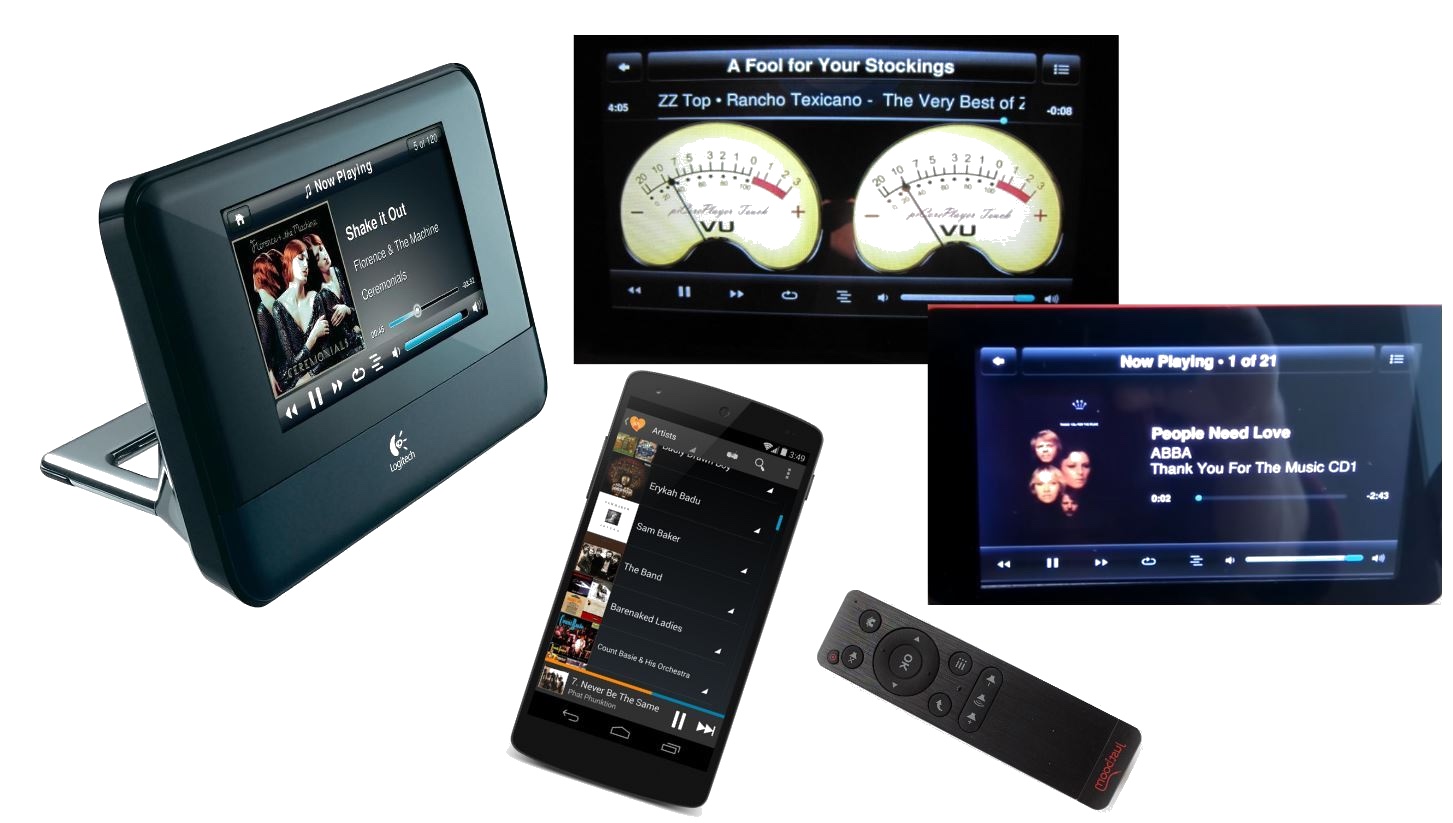
Installation Jivelite can be installed on piCorePlayer via. piCorePlayer fully supports Jivelite on the Raspberry Pi Foundation’s Official 7' Touch Screen.

Originally developed and released by Adrian Smith. Power = Power (Only from Now Playing screen)īuild instructions to recreate jivelite.tcz from scratch on raspbian 7.8.Ĭopy squeezplay-lua.patch squeezeplay/src/lua-5.1. Jivelite is a cut down Squeezebox control application derived from Logitech’s SB Jive. Not all the keys on the slimremote map 1-to-1, here are the exceptions. Start with the fcfg file in ralphy_jivelite_flirc_map.zip and if you get multiple key presses for one press then try the other config in ralphy_jivelite_flirc_map_debounce.zipīoth files are available in the repository. You'll need to load one of the flirc config files from another computer. The jivelite_touch.tcz is installed by piCorePlayer release 1.21g and newer and depends on the libts.tcz package from Displaying the mouse pointer can be disabled with the touch release by defining either of the environment variables prior to starting jivelite.Īll the skins can be used with a flirc IR dongle and a squeezebox remote. This package will receive no further updates. It is installed by piCorePlayer versions older than 1.21g. This will create the file /usr/local/etc/pointercal which is used by the ts library.Īs of October 25th, 2015 the jivelite.tcz package is the last release before the touch functionality was introduced.

To manually recalibrate the touchscreen run /usr/local/bin/ts_calibrate as root. If you recieve the 'not a touchscreen message/ from ts_calibrate, you're using the wrong device with TSLIB_TSDEVICE Netbooting pCP Raspberry Squeezie Slimmer Tivoli Squeezebox Radio pCP + Waveshare + jivelite Build LMS server Standalone pCP Add a 3.5 inch display Add a Topping E30 USB DAC. Your screen may use another /dev/input/event? device if you have a keyboard or flirc connected to the rpi. Jivelite Raspberry Pi piCore SD card Wifi Projects. You may need a different path for SDL_MOUSEDEV, depending on how you've set up the touch screen device. You may need to set environment variables before running jivelite on a framebuffer based touchscreen.
#RPI JIVELITE SKIN#
If the screen is smaller than the skin resolution, you will need to modify the skin to match the new size. If the screen is larger than the resolution of the chosen skin, SDL will automatically center it on the screen, leaving the outsides of the screen unused. Only the Joggler (800x480) and WQVGA Small Print (480x272) Skins work with a mouse or touchpad and should work with touch screens, if the screen uses a framebuffer device like /dev/fb?. NONE of the HD Skins support a pointer or touch device. Create a Volume Control for USB Sound Card in Raspberry Pi: IntroductionAfter installing the USB Sound Card, I turned the volume knob and i had no effect on the audio level. You need a keyboard to configure jivelite initially and either a composite or hdmi monitor connected. The jivelite package is currently being evaluated for inclusion in the default piCorePlayer image. After the reboot you will need to reconfigure jivelte. To enable visualizers support after having run the jivelite config once already, add -v as above, kill the jivelite process, then delete the. To stop the configuration backup from including all the images from the jivelite installation add this line to /opt/.xfiletool.lst To enable the visualizer now playing screens in 1.19, add a lowercase -v to the Various Input text field at the bottom of the Squeezelite Settings webgui page as the Visualiser support option is broken in 1.19. To start jivelite on boot add this line in one of the user command fields at the bottom of the tweaks webgui. If you've installed other packages you might need to increase the size of the ext4 partition mmcblk0p2.Īdd the following line to the end of /mnt/mmcblk0p2/tce/onboot.lst
#RPI JIVELITE FREE#
There's enough free space on the default image to add the jivelite files.

131-156)/Contents( Service Enterprise Integration, Cheng Hsu \(ed.\), Kluwer, New York, 2006, pp. Service Enterprise Integration, Cheng Hsu \(ed.\), Kluwer, New York, 2006, pp.


 0 kommentar(er)
0 kommentar(er)
